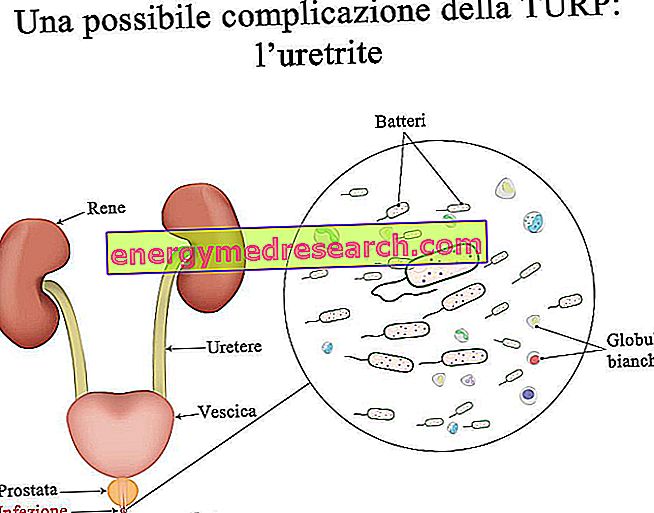Scroll down the page to read the summary table on manganese
| Manganese and medicine | 1774 → discovery of manganese Manganese began to be used in medicine only in the first decade of the twentieth century |
| Manganese: general information |
|
| Manganese and enzymes |
|
| Manganese and biological role | Manganese actively participates in numerous biological mechanisms:
|
| Manganese: fields of application | Manganese:
|
| Manganese deficiency symptoms |
|
| Manganese toxicity |
|
| Manganese and dosages | Minimum daily requirement: 0.74 mg / day RDA: 2-4 mg Elimination of manganese: bile duct |
| Manganese source foods |
|
| Manganese: interactions |
|



